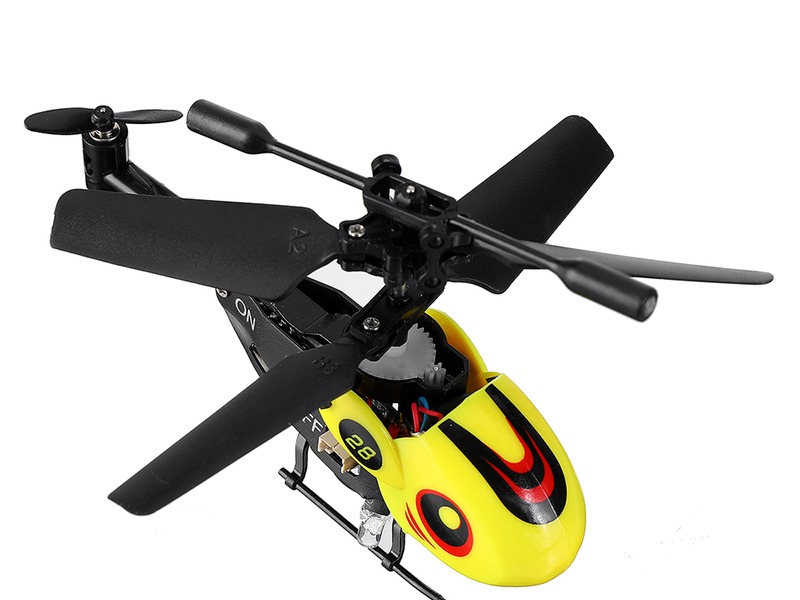Why can`t helicopters fly in the cold?

Helicopters are a type of aircraft that rely on lift generated by the rotors to stay in the air. This lift is generated by the rotors spinning and pushing air downwards, which in turn creates an upward force that keeps the helicopter in the air. The air that is pushed downwards must be warm enough to generate this lift, and this is why helicopters cannot fly in the cold.
When temperatures drop, the air becomes denser and heavier. This makes it more difficult for the rotors to push the air downwards and generate the lift needed to keep the helicopter in the air. The colder the air, the less lift is generated, and at a certain point the lift generated is not enough to keep the helicopter airborne. This is why helicopters cannot fly in the cold.
In addition to the air becoming denser and heavier, the cold also affects the engine of the helicopter. The engine needs to be warm enough to produce the power needed to spin the rotors at the necessary speed to generate lift. Cold air reduces the efficiency of the engine, which means that the rotors cannot spin at the necessary speed to generate enough lift.
The cold also affects the lubricants in the engine, making them thicker and less effective. This can lead to increased friction in the engine, which can cause it to overheat and shut down. This is why helicopters cannot fly in the cold.
The cold can also affect the control systems of the helicopter, making them less responsive and less effective. This can make it difficult or even impossible for the pilot to control the helicopter, which can lead to a crash.
Finally, the cold can cause ice to form on the rotors and other parts of the helicopter. This can cause the rotors to become unbalanced and can lead to a crash.
For all these reasons, helicopters cannot fly in the cold. The air is too dense and heavy, the engine is not warm enough, the lubricants are too thick, the control systems are less responsive, and ice can form on the rotors. All of these factors can lead to a crash, so it is important to avoid flying helicopters in the cold.
Comments / Question
2. The pilot should also reduce the amount of fuel used to reduce the risk of fuel line freezing.
3. The use of a de-icing system should be considered to prevent ice from forming on the rotors and other exposed parts of the aircraft.
4. In cold conditions, the pilot should be aware of ice accumulations on the helicopter and plan to fly in warmer parts of the day.
5. The pilot should always be prepared for the possibility of icing and should take the necessary precautions to avoid it.
6. Visibility may be reduced in cold weather, and the pilot should fly at a lower altitude to avoid obstacles.
7. Cold weather also affects the helicopter’s performance, so the pilot should expect longer flight times and slower maneuvers.
8. Finally, the pilot should always check the weather before flying in cold conditions and plan appropriate routes.
2. Icing on the rotor blades can reduce their efficiency, as can icing on the engine components (e.g. air intake and exhaust ports).
3. Cold temperatures can cause the lubricants in the engine to thicken, making it harder for the engine to produce sufficient power.
4. Cold temperatures can reduce the performance of the battery, making it difficult to start the engine.
5. Cold temperatures can cause the fuel to gel, reducing the flow of fuel to the engine.

